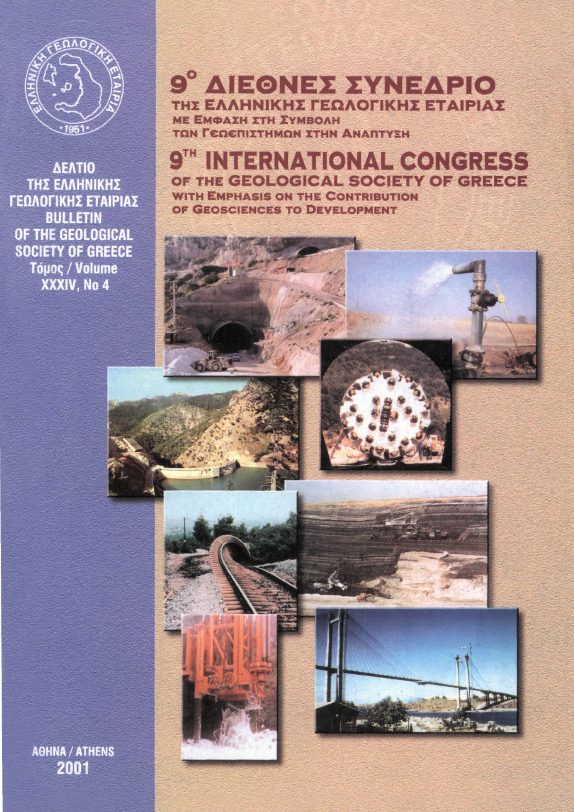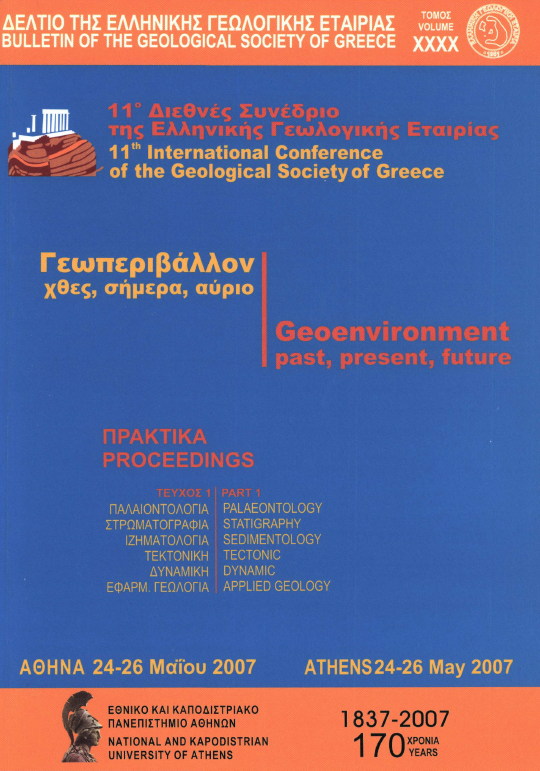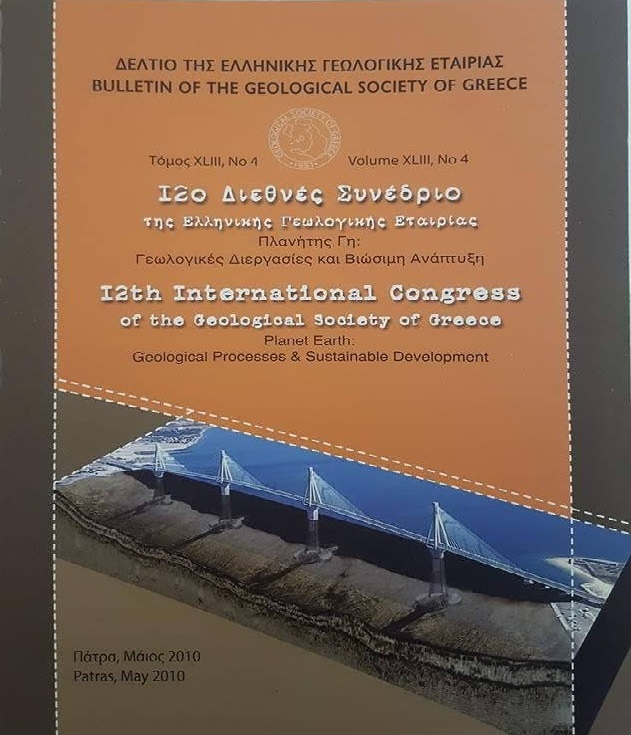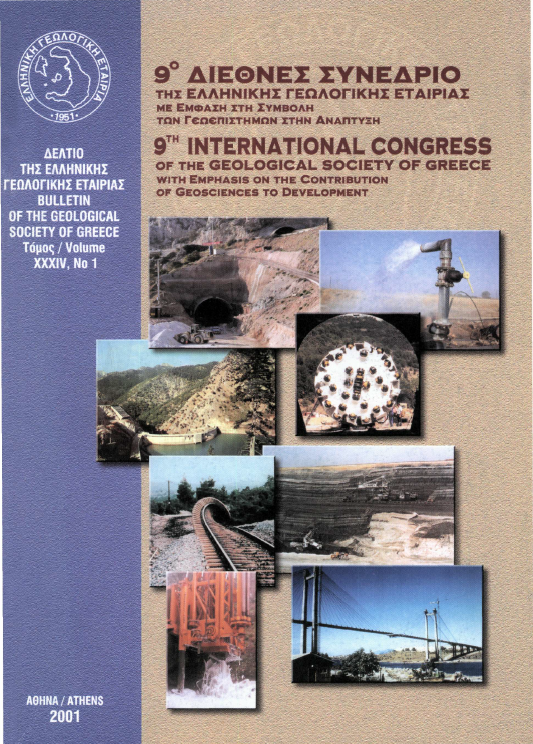The method of anisotropy of magnetic susceptibility: theory and applications. A case study from the Rhodope massif
Résumé
The anisotropy of magnetic susceptibility is a physical property of the rocks widely used in petrofabric studies and other applications. It is based on the measurement of low-field magnetic susceptibility in different directions along the sample. From this process several scalar properties arise, defining the magnitude and symmetry of the AMS ellipsoid, along with the magnetic foliation and lineation, namely the magnetic fabric. A case study is presented, dealing with the deformation of the Mont-Louis-Andorra pluton. Finally, the method was applied in Tertiary magmatic rocks from the Rhodope Massif, revealing their magnetic character and internal structures.
Article Details
- Comment citer
-
ZANANIRI, I. (2001). The method of anisotropy of magnetic susceptibility: theory and applications. A case study from the Rhodope massif. Bulletin of the Geological Society of Greece, 34(4), 1393–1401. https://doi.org/10.12681/bgsg.17233
- Rubrique
- Geophysics

Ce travail est disponible sous licence Creative Commons Attribution - Pas d’Utilisation Commerciale 4.0 International.
Authors who publish with this journal agree to the following terms:
Authors retain copyright and grant the journal right of first publication with the work simultaneously licensed under a Creative Commons Attribution Non-Commercial License that allows others to share the work with an acknowledgement of the work's authorship and initial publication in this journal.
Authors are able to enter into separate, additional contractual arrangements for the non-exclusive distribution of the journal's published version of the work (e.g. post it to an institutional repository or publish it in a book), with an acknowledgement of its initial publication in this journal. Authors are permitted and encouraged to post their work online (preferably in institutional repositories or on their website) prior to and during the submission process, as it can lead to productive exchanges, as well as earlier and greater citation of published work.








